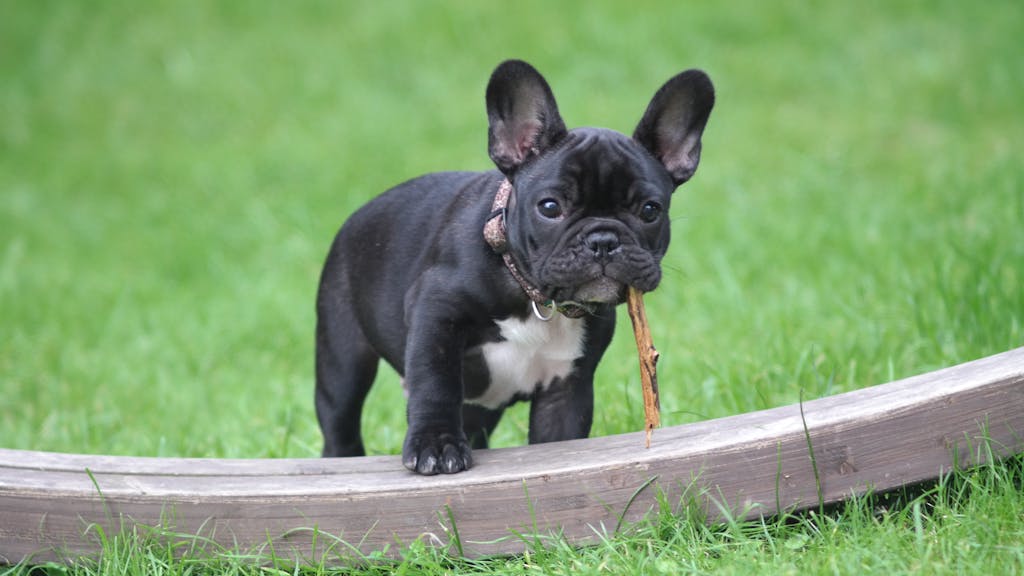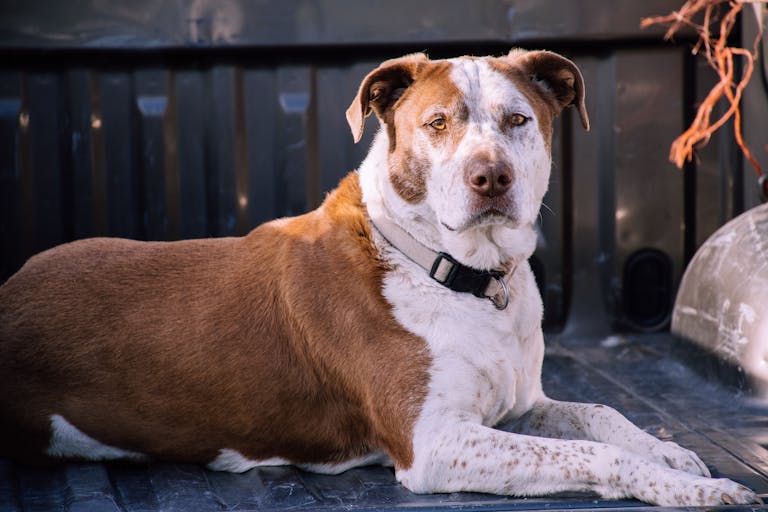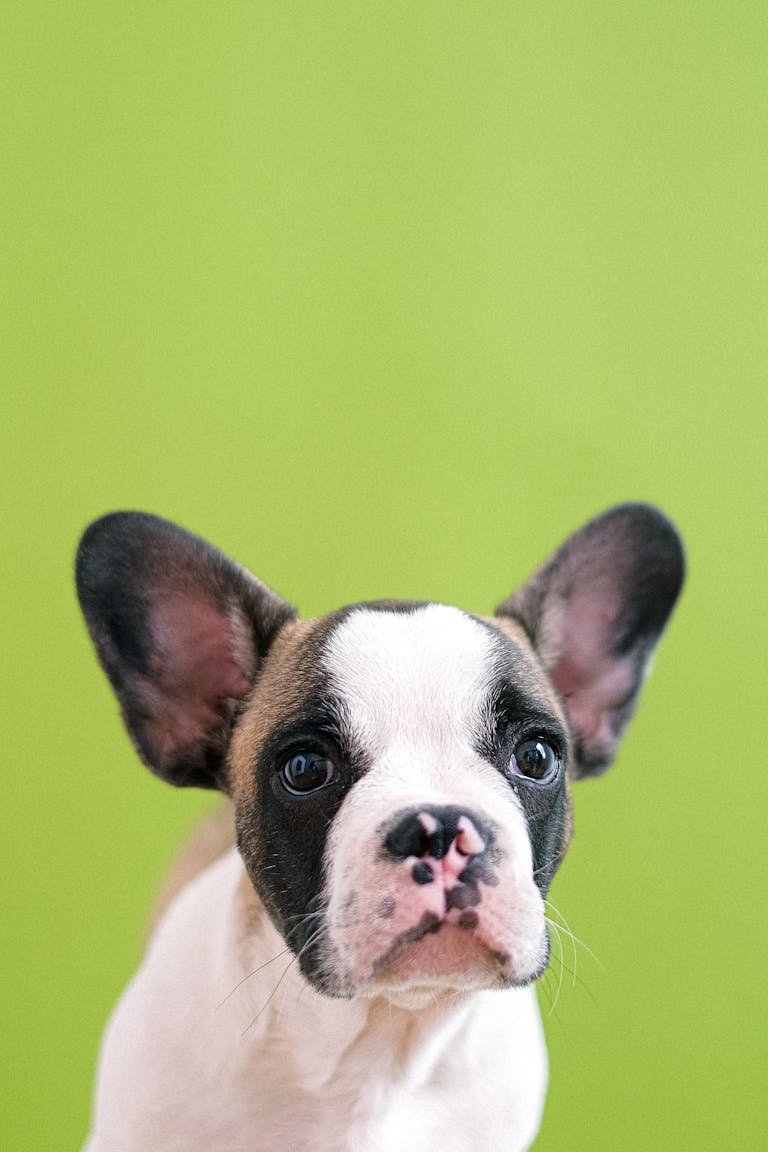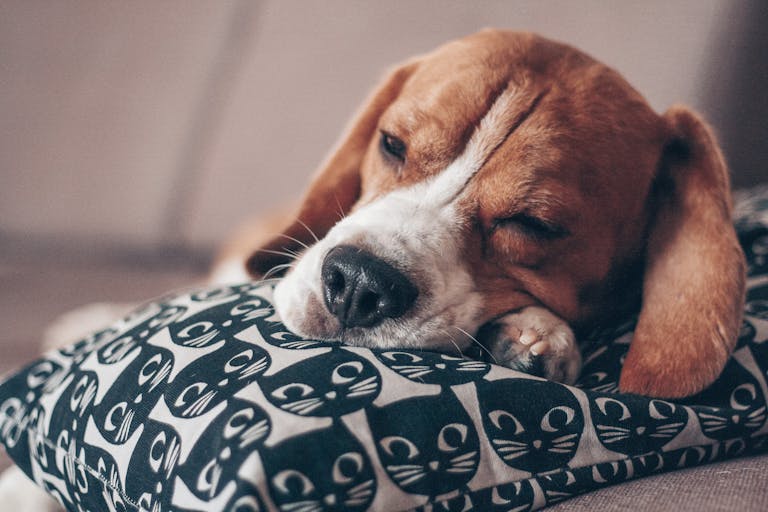Are French Bulldogs Really From France? A Deep Dive into the French Bulldog Breed
When you look at a French Bulldog, or “Frenchie” as many fondly call them, you might assume the breed was born and bred in Parisian cafés. But the history of the French Bulldog is far more surprising — stretching from lace-making towns in Nottingham, England, to the bustling streets of Paris, and later perfected in America by dedicated fanciers.
So, what should you really know about French Bulldogs? Let’s dive into the Are French Bulldogs Really From France?, their rise as a bulldog breed, their unique charm, and the care they need today.
Table of Contents
What is the History of the French Bulldog?
The history of the French Bulldog begins in England in the 1800s, when breeders in England were producing smaller bulldogs for companionship. These little dogs were the descendants of the English Bulldog, which had once been used in cruel bull-baiting contests before such practices were outlawed. When bulldogs were originally bred for sport, their muscular build was crucial — but once bull-baiting ended, they were often considered to be too small or with faults for traditional breeding.
Instead, English breeders began experimenting, crossing these little bulldogs with toy breeds such as the terrier and the pug, creating what was known as the toy bulldog. These little dogs quickly gained fans among lace makers in Nottingham, who adored their affectionate nature.

How Frenchies Moved to France During the Industrial Revolution
The Industrial Revolution uprooted many lace makers, and when they moved to France, they brought their dogs with them. These small bulldogs thrived in their new environment. Soon, Parisians embraced the new breed — calling them bouledogue Français.
Artists like Henri de Toulouse-Lautrec even featured them in paintings, and high-society families like the Rockefellers and J.P. Morgan were among those bringing them back across the Atlantic. No wonder the dogs became such icons.
Are French Bulldogs Really French?
So, are French Bulldogs really French? Not quite. They were produced in England, but truly popularized in France, where they became the ultimate Parisian companion. Over time, American breeders and American fanciers refined the breed standard, and the French Bulldog Club of America — the first breed club dedicated to Frenchies — was founded in 1897.
Today, the AKC breed recognition ensures the bulldog breed maintains its identity and integrity.
What Makes Frenchies a Popular Breed Today?
French Bulldogs became a popular breed for many reasons:
- Compact, “apartment-friendly” size
- Affectionate, clownish personality (often described as an adorable little bowling ball)
- Unique bat ears, sometimes called bat-eared, that set them apart
- Devoted, people-loving temperament
As one fancier once joked, they’re a “bowling ball of a dog with the heart of a clown.”
What Are the Distinct Features of the French Bulldog?
The French Bulldog’s most famous trait? Those unique bat ears. Unlike the English Bulldog, whose ears are folded, French Bulldogs feature the bat-shaped ears that give them their trademark alert look. Some early English breeders preferred rose-shaped ears, but American breeders fought to keep the upright style. Today, French Bulldogs feature the bat-shaped ears that define the breed worldwide.
Other features include:
- Short muzzle (making them a brachycephalic breed)
- Compact, muscular body
- Short, smooth coat in colors like fawn, cream, and brindle
- Expressive, oversized eyes and disproportionately large heads

How Do French Bulldogs Adapt to Their Environment?
French Bulldogs adapt easily to apartments, city life, or suburban homes. Historically, bulldogs became cherished purebred dogs because they could thrive indoors with little exercise. But here’s the catch: their brachycephalic airway syndrome and potential breathing problems mean owners must be mindful. Overexertion, heat, or long runs can trigger obstructive airway syndrome.
Short walks, indoor play, and a watchful eye on their breathing keep a healthy Frenchie happy.
Health Considerations Every Frenchie Owner Should Know
Bulldogs were bred as companions, but that selective breeding created health challenges:
- Brachycephalic airway syndrome and other breathing problems
- Spinal disorders and hip dysplasia
- Eye issues (cherry eye, cataracts)
- Skin allergies and infections
This makes consistent veterinary care essential. A healthy French Bulldog is one whose owner prioritizes prevention.
👉 PetMD: French Bulldog Health Issues
Finding a Reputable French Bulldog Breeder
If you’re looking to welcome a Frenchie into your home, it’s critical to find a reputable breeder. The French Bulldog Club of America, along with the Bull Dog Club of America, provides resources for identifying ethical breeders.
What Should You Look For?
- Health-tested parents (to reduce inherited conditions)
- Transparency about lineage and contracts
- No marketing of unethical “miniature bulldogs” or “teacup” Frenchies
- Membership in a recognized breed club
Ethical English Bulldog breeders and Frenchie specialists alike focus on maintaining the breed’s integrity. Always avoid puppy mills or ads selling small or with faults dogs at suspicious prices.
FAQs – Everything to Know About French Bulldogs
Are French Bulldogs really French?
They were produced in England, then perfected in America, but truly popularized in France.
Do French Bulldogs belong to a bulldog breed?
Yes, the French Bulldog is part of the bulldog breed family, though distinct from the English Bulldog and American Bulldog.
Why are bat ears important?
They’re central to the breed standard. Without those upright ears that stood tall, Frenchies wouldn’t be Frenchies.
Do French Bulldogs come in different sizes?
Not officially, though unethical breeders sometimes market miniature bulldogs.
Who helped shape the breed?
From lace makers to American fanciers, even famous Frenchies like Gamin de Pycombe helped establish the breed. Artists, wealthy families, and breeders in England all played a role in bringing this new breed to life.
Can a French Bulldog Chase a Stick?
Yes, but with caution. A Frenchie might joyfully chase a stick across the yard — but toss that stick into a lake, and it’s a different story. With their nose and mouth above water being difficult to keep, plus their heavy, muscular frame, it can be difficult for them to stay afloat. Always supervise playtime, and remember: French Bulldogs were bred for companionship, not athletic feats.
Conclusion
So, are French Bulldogs really from France? The truth is a story of French and English collaboration: English Bulldog breeders created the early version, lace makers moved to France with their companions, Parisians and artists adored them, and American breeders later fought to preserve the bat-shaped ears and refine the breed of dog into what it is today.
Whether you call them Frenchies, bouledogues, or just the adorable little bowling ball in your lap, these dogs are more than a trend. They’re living history.
If you’re thinking about adding one to your family, take the time to find a reputable breeder, learn about their health needs, and appreciate the quirky charm of this new breed that has captured hearts worldwide.
👉 Want more? Check out our guide on French Bulldog.
And if you already have a Frenchie, share this post with other dog lovers who want to know about French Bulldogs and their fascinating past.







